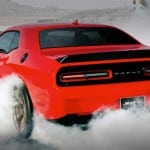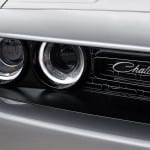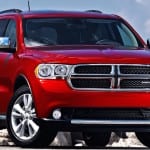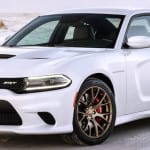The 2015 Dodge Challenger was a smashing success, and we can expect more of the same for the 2016 model year. Based on the recent popularity of the muscle car, the brand prepared for an uptick in demand, increasing production to ensure dealerships are constantly stocked with the iconic vehicle.
“We could not have asked for a more enthusiastic response to the Charger and Challenger SRT Hellcats—it was absolutely unprecedented, but then again, these 707-horsepower muscle cars are unprecedented,” Tim Kuniskis, the President and CEO, Dodge and SRT brands, FCA US, said in a press release. “To meet this demand, we are more than doubling our SRT Hellcat production for 2016 and simplifying the process to make it easier for our enthusiasts to get their hands on the hottest muscle cars in history. In addition, customers with verified sold orders that weren’t built in the 2015 model year will receive special discounted pricing if they re-order in 2016.”
Of course, there are several other notable muscle cars that will be revamped for the 2016 model year, including two of the Challenger’s main rivals: the 2016 Chevy Camaro and the 2016 Ford Mustang. Each of the three vehicles offers its own unique blends of power, style, and luxury. However, only one of these vehicles offers class-leading specs, a notable improvement over its predecessor, and a modernized interior. Which vehicle will that be? Well, let’s just say we’ve already started focusing on our preferred car.
Before you go looking for a 2016 Dodge Challenger in Miami, see how the upcoming muscle car compares to its rivals. Spoiler Alert: you’ll be itching to visit a Dodge dealership when you’ve concluded our comparison…
Engine
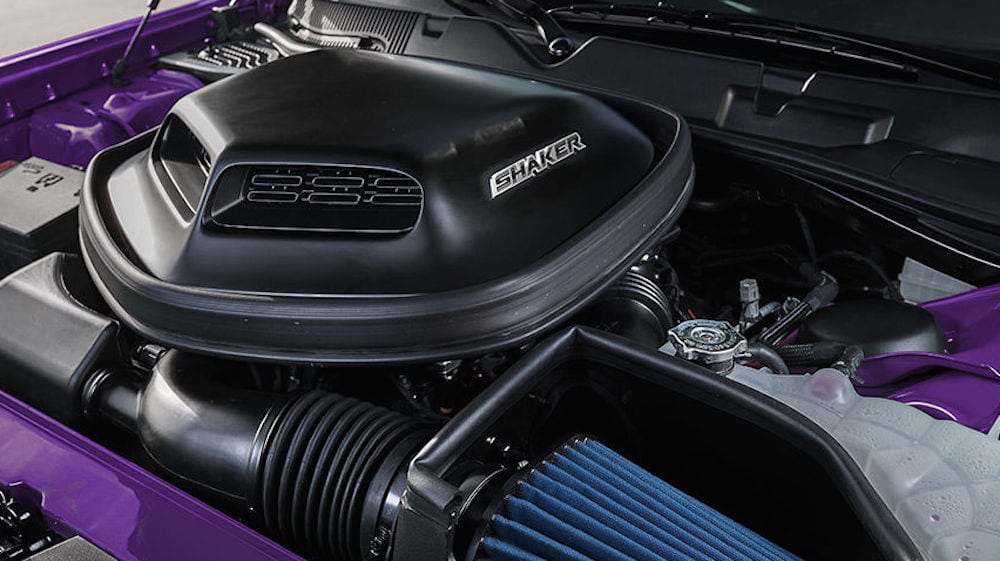
The 2016 Dodge Challenger offers unrivaled power. The lowest engine option, the 3.6-liter V6 still offers a respectable 305 horsepower. Upgrade the 6.4-liter V8 and you’ll get 485 horsepower, or if end up dishing out money for the incredible 6.2-liter V8, you can expect the unit to deliver a best-in-class 707 horsepower. These are impressive numbers that truly put the Challenger on a tier of its own. While the other vehicles certainly offer impressive units, the Challenger’s engine truly goes unrivaled.
Sure, the Camero may offer its best horsepower (455) in nameplate history via the 6.2-liter V8 engine, and the Mustang may provide drivers with a 435-horsepower from the 5.0-liter V8. Yet none of them hold a candle to the capabilities of the Challenger. Both the Camaro and Mustang offer three engine choices, which still trails the Challenger’s five available options. If you’re seeking power, dependability, and options, you have no other choice than the Challenger.
Design
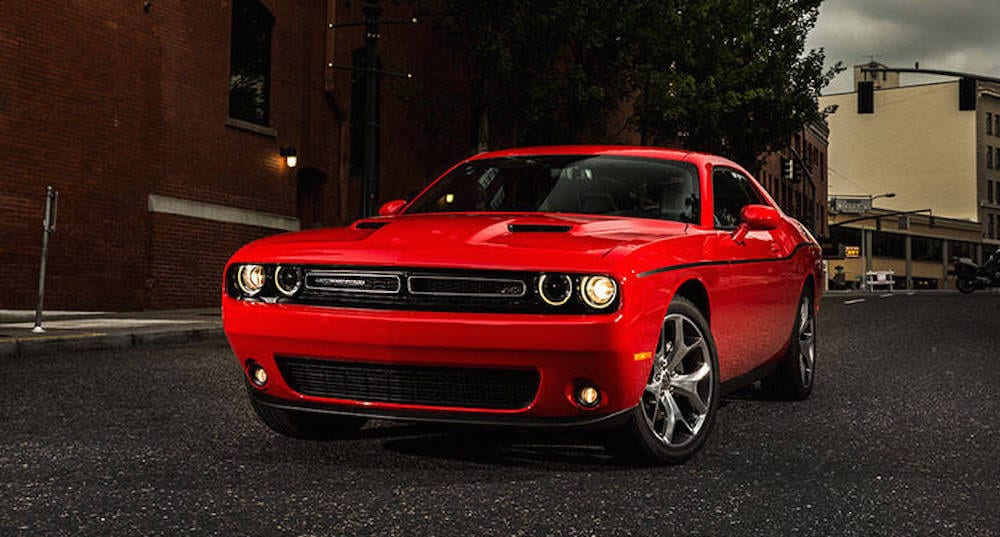
As Nick Kurczewski of the New York Daily News wrote, it’s tough to compare the three sports cars because each of the three is stylish and eye-catching in its own specific way. While they each borrow their retro bodies from their respective predecessors, they still each stand out in their own unique way. This can make it particularly difficult to prioritize one of the vehicles over the other, but the Challenger does several small things to separate itself from the rest of the pack.
Ford has combined several aspects from a pair of their former vehicles, creating a mash-up that has generally been well received. Using the brand’s late-1960s pony cars as inspiration, the 2016 model was “less upright than the original” but it also wasn’t as “hefty as the ‘Stangs from 1970 onwards.” This makes for a light, stylish exterior, although it doesn’t compromise the intimidating persona that accompanies the vehicle. Still, the engineers certainly didn’t do much to separate their 2016 version from any of the recent models. Kurczewski believes the same goes for the 2016 Camaro. Featuring a new Alpha platform, the sports car is a big smaller than previous versions, although the differences are barely distinguishable.
The 2016 Challenger, meanwhile, saw another slight redesign of its exterior, adding muscle and bold accents to the design. With its “heritage styling,” Dodge borrowed an old school split grille and “aggressive brow” design to help bring back the memory of some of the older Challengers… while also making the models more modern. The projector headlamps will provide additional light that was available during the Challenger’s debut, and customers can make their sports car their own by selecting one of the 11 available colors (Billet Silver Metallic, B5 Blue, Redline Red Tri-Coat Peal, Pitch Black, Bright White, Granite Crystal Metallic, Maximum Steel Metallic, Ivory White Tri-Coat Pearl, Jazz Blue, TorRed, Plum Crazy). No other sports car offers this type of customization and versatility.
To further emphasize the “sports” in “sports car,” Dodge has released a number of “stripe packages” to helps spruce up your Challenger, including the Shaker Graphics, the Scat Pack Bumblebee Stripe pack, or the SRT Twin Racing Stripe pack. Customers can also choose between several hood designs, like the R/T Shaker, the 392 HEMI Scat Pack Shaker, or the SRT Hellcat. You can truly make the 2016 Challenger your own, while the rivals force you to blend into the pack.
Interior
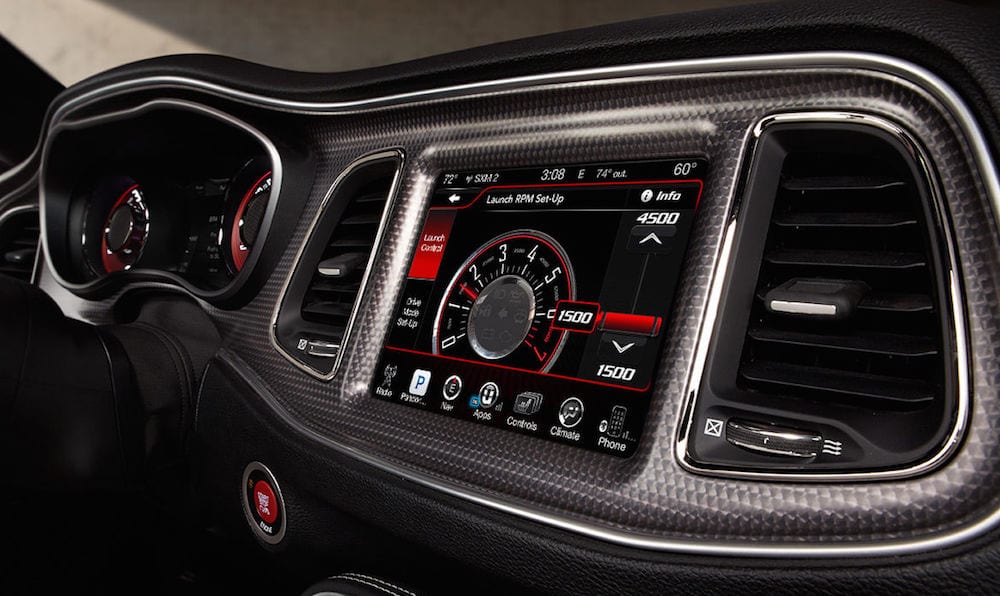
Similar to the exteriors of the other vehicles, the interiors also contain similar amenities, making it difficult to separate the bunch. However, (you guessed it) the Challenger offers a unique blend of luxury, comfort, and technology, helping put Dodge’s car at the top of the clas.
The Challenger includes a number of features that were added to improve the driving experience. The engineers combined the vehicle’s iconic designing with modern technology, including the seven-inch reconfigurable Driver information Digital Cluster Display and the 8.4-inch UConnect infotainment system. You’ll receive a variety of information (like vehicle diagnostics) and exclusive features (like a navigation system and hands-free calling) via these touchscreens, making them not only an enjoyable addition… but a necessary addition. Another technological addition is the inclusion of the Dual-Zone Automatic Temperature Control, which means you and your passenger will never have to argue over the ideal temperature.
With 16 different interiors to choose from, customers can opt for a more retro style or a modern comfort level. There are 11 different sports seats a customer could choose between, and that’s in addition to the five standard choices. As you can see, it’s not only the Challenger’s exterior that is customizable… the interior can be personalized, as well!
The Camaro’s interior is certainly innovative, as it features 24 different colored lights, meaning you can illuminate your cabin however you want. Besides the modern, futuristic design, the dashboard has been upgraded to help avoid the issues that often accompanied previous Camaros. The Mustang is pretty much in the same boat, although the materials in Ford’s sports car aren’t as high-class as those found in the Camaro. Still mighty impressive, just not as impressive as the competition.
If there’s one downside to the Challenger, it’d be the price, as Dodge’s muscle car is the most expensive of the three vehicles. Luckily, that increase in price is minimal at best. The Challenger comes in at $26,995, with the Camaro priced at $25,700 and the Mustang at $23,895. Therefore, you won’t have to dish out a ton of extra money to secure all of the additional amenities, features, and capabilities that any of the rival muscle cars do not.

